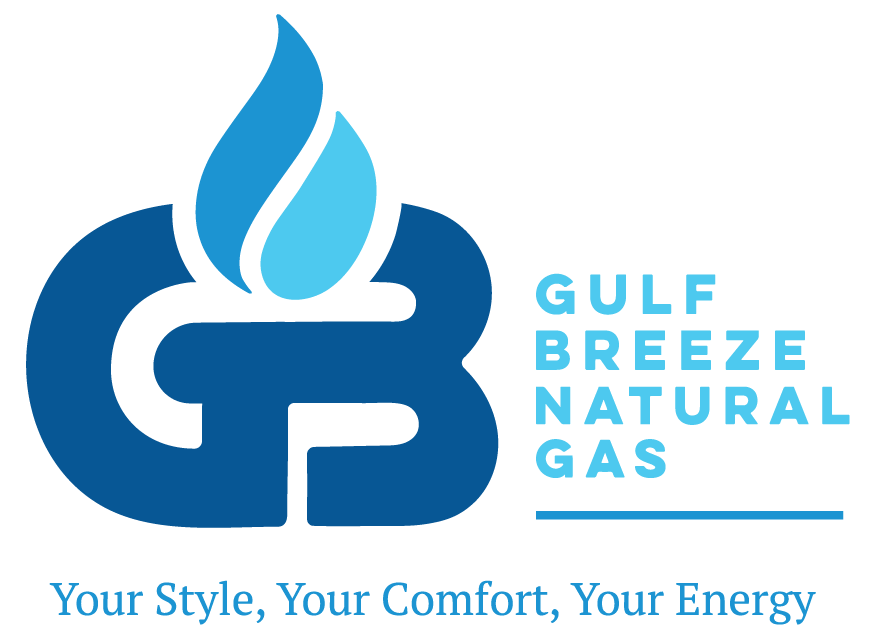Natural Gas in the U.S.–A Brief History
1620s
Naturally occurring natural gas was discovered and identified in America as early as 1626, when French explorers discovered Native Americans igniting gases that were seeping into and around Lake Erie.
1821
William Hart dug the first well specifically to produce natural gas in the U.S. in the village of Fredonia on the banks of Canadaway Creek in Chautauqua County, NY. It was 27 feet deep, excavated with shovels by hand, and its gas pipeline was hollowed out logs sealed with tar and rags.
1859
Edwin Drake hit oil and natural gas at 69 feet below the surface of the earth. Historians characterize this well as the beginning of the natural gas industry in America. A two-inch diameter pipeline was built, running 5 and ½ miles from the well to the village of Titusville, Pennsylvania.
1885
Robert Bunsen, a German chemist, invented what is now known as the Bunsen burner. He managed to create a device that mixed natural gas with air in the right proportions, creating a flame that could be safely used for cooking and heating. The invention of the Bunsen burner opened up new opportunities for the use of natural gas in America, and throughout the world. The invention of temperature-regulating thermostatic devices allowed for better use of the heating potential of natural gas, allowing the temperature of the flame to be adjusted and monitored.
1925
The first all-welded natural gas pipeline was built by the Magnolia Oil Company of Dallas. It ran from Shreveport, Louisiana, to Beaumont, Texas, a distance of approximately 214 miles. All-welded construction permitted higher line pressures and improved the reliability of the joined pipe sections. Today the Rockies Express natural gas pipeline is more than 1,000 miles long and runs from the Rocky Mountains in Colorado to Eastern Ohio.
1990s
George P. Mitchell (Galveston, TX) developed modern day fracking when he combined hydraulic fracking, which had been in use since the 1940s, with horizontal drilling.
First used in the 1940s the traditional fracking method involved injecting fluid along with tiny sand grains to break up the rock and release oil and gas trapped inside. This fracturing method exponentially improved the productivity of wells.
After more than a decade of experimentation, Mitchell used the combination of horizontal drilling and hydraulic fracturing to turn the Barnett Shale into one of the most prolific gas fields in North America. But the rise of this technology had effects well beyond the Barnett. Companies across the industry rapidly adopted the technique, with over half of U.S. oil production coming from hydraulically fractured wells in 2015. Fracking also doubled North American natural gas reserves providing the U.S. with enough natural gas to last 200 years at current demand levels.

